Primary Research
Primary research, we will perform a recce and see what interesting cities are near us, such as Pesaro and Fano. We’ll travel to those cities to see what we can film. We will do a recce and Location spot once we are there. Also, go on walks to get footage of daily life in Italy. We will also conduct an online survey to find out people’s thoughts and ideas about poetic documentaries. This will allow us to learn more about what individuals like about poetic documentaries and which practitioners they like in that area, as well as what the benefits and negatives of poetic documentaries are from their perspective.
Qualitative research will allow us to learn more about people’s thoughts and concerns regarding poetic documentaries, as well as obtain a better grasp of how to make the film. We’ll get numerical data for quantitative data, which will help us figure out what gets the most votes and what the majority of people in the survey like and agree with or disagree with, as well as assist us to tailor our poetry documentary.
For our research, we will use Google Forms because it is a simple approach to collect data that is accessible on any smart device and allows us to ask many questions. Google Forms also provides a variety of features for presenting data and asking questions.
Survey results
According to the survey, True crime documentaries are the most popular, and Ross Kemp is the highly regarded documentary filmmaker, which falls in line because Ross Kemp has documentaries in the true crime genre, which the majority Prefer. The Online survey also revealed that individuals prefer a documentary with a long narrative of 45 minutes to an hour, indicating that they would want to watch a long documentary in order to fully immerse themselves in it. However, I’m not sure how we’ll be able to make a poetic documentary that lasts 45 minutes or longer, so I’m thinking we’ll have to make a short documentary incorporating clips that retain the audience’s attention for the duration of the poetic documentary.
Interview with John Kennedy
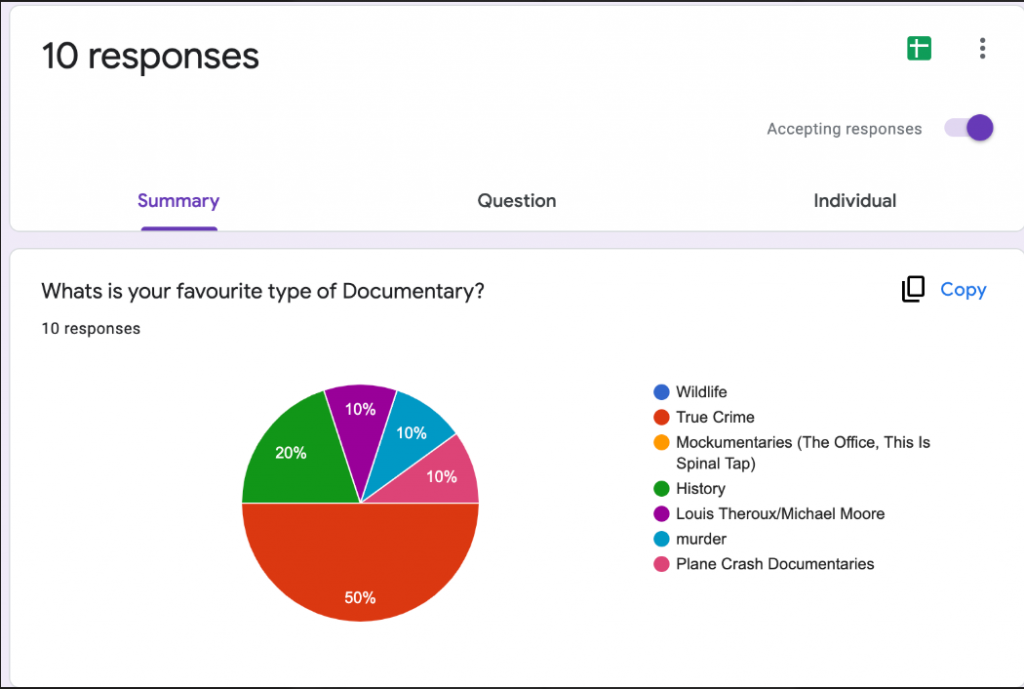
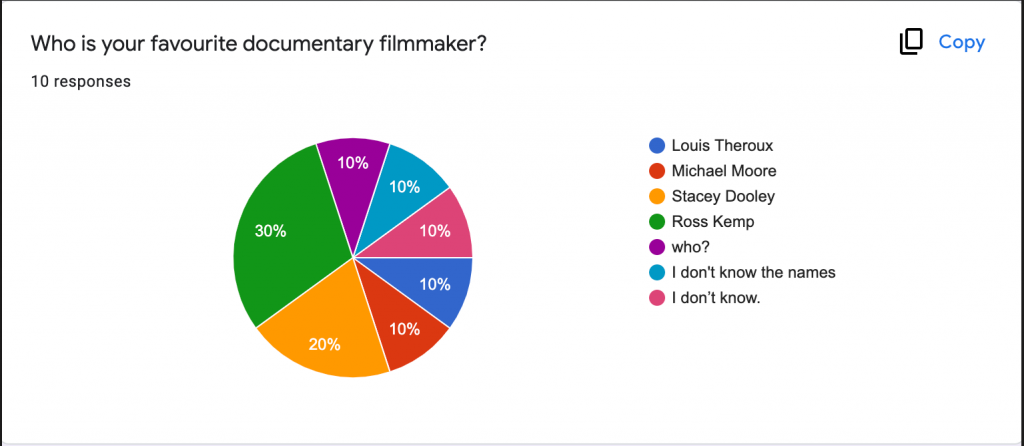


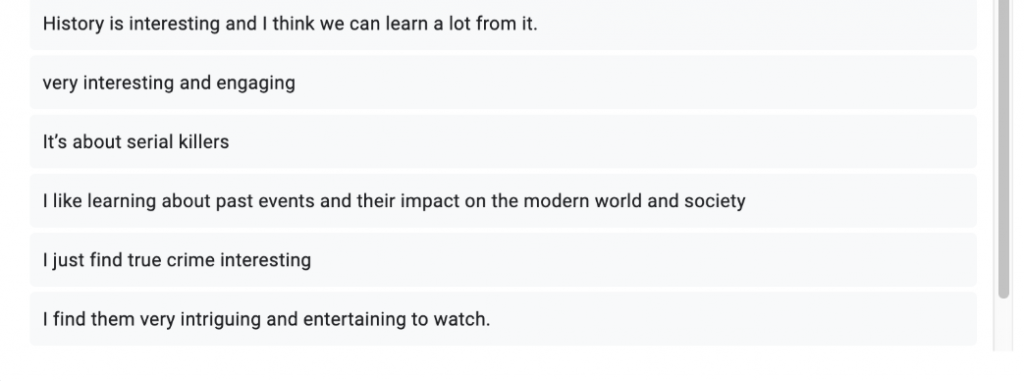
Secondary Research
We developed a pitch in secondary research explaining the project idea, what a poetry documentary is, our roles in the project, and some examples to look at to get a sense of what a poetic documentary might look like and build something comparable to it. We also discussed our project roles and the tools we’ll need in the pitch. We researched the area we were visiting by visiting websites that discussed key areas of interest in Italy.
Locations like Fosso Sejore, Fano, and Urbino have been added to the itinerary because we know there will be many interesting places and people to film in the city in order to capture the culture and atmosphere of Italy for the poetic documentary.
As we travel to these locations, we will need to visualise what the final edit will look like, as the poetry documentary’s storytelling relies heavily on visual storytelling and images. When we visit these locations, we will concentrate on the wildlife, the people, and the architecture. These will be the primary topics that we will film in Italy for the poetic documentary.

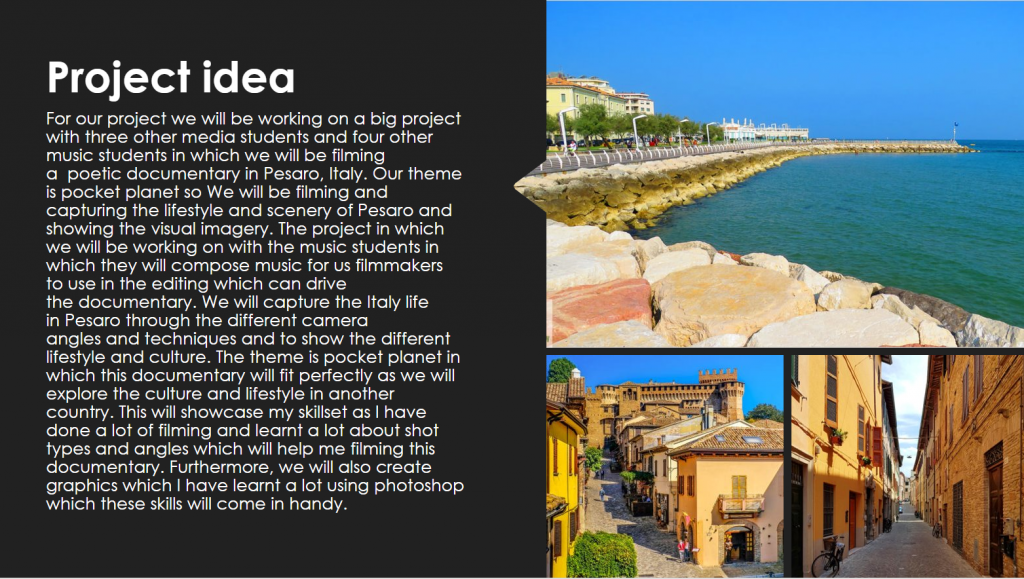
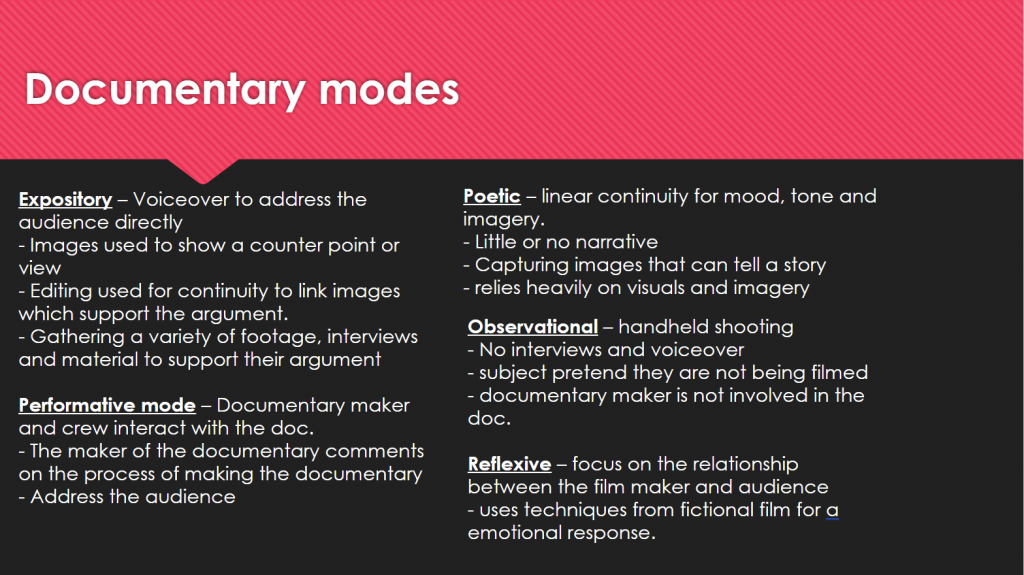
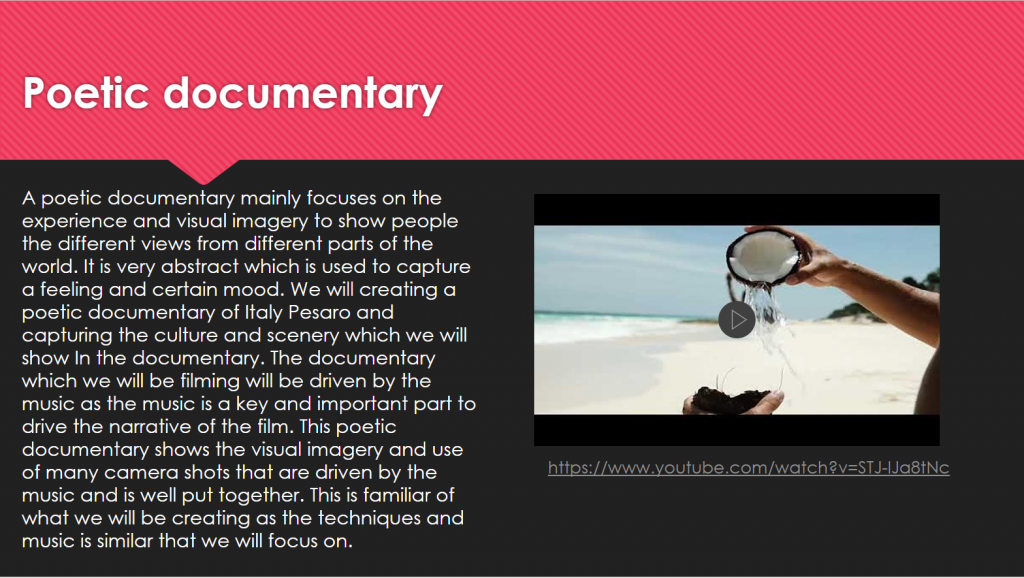
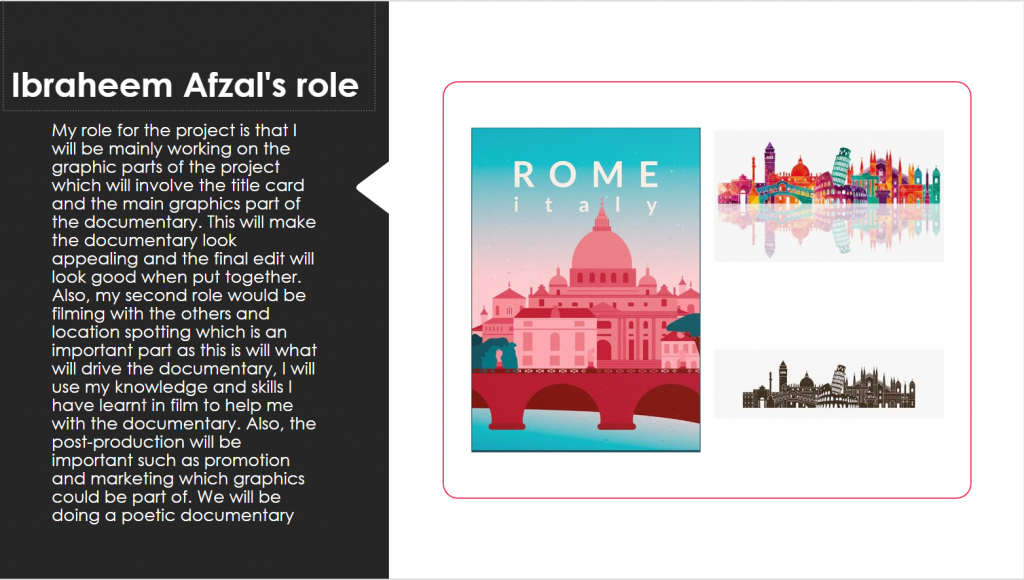
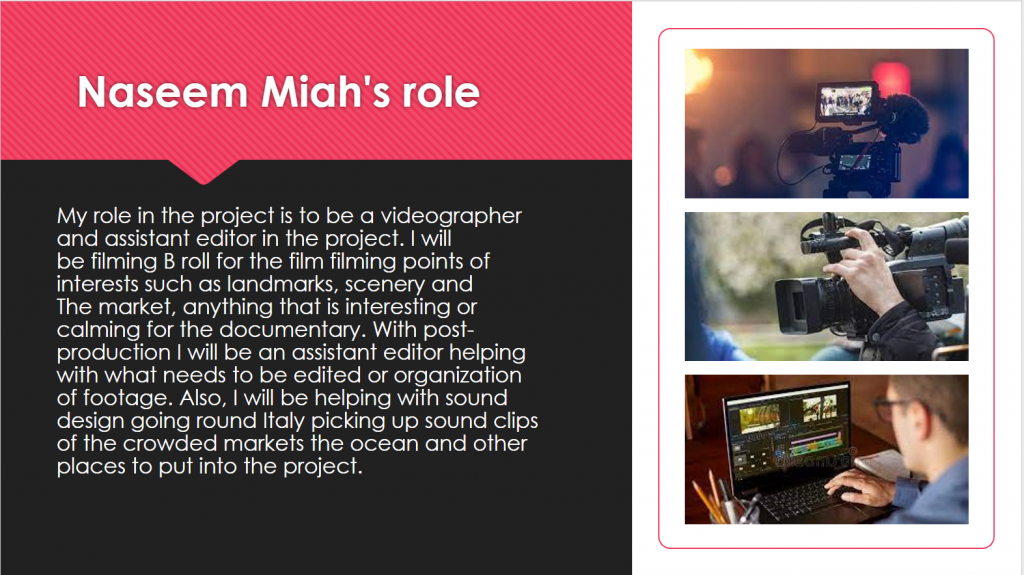
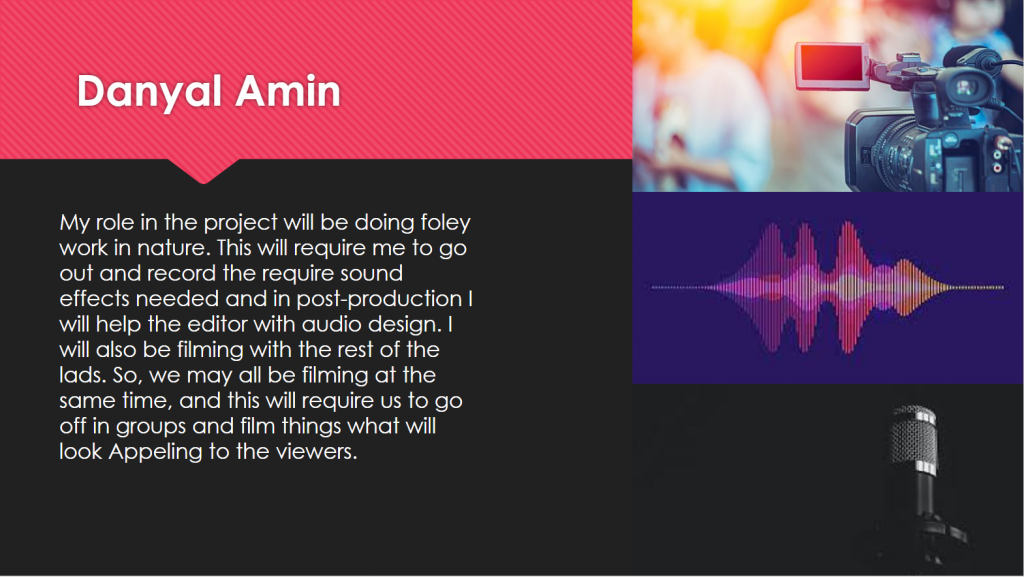
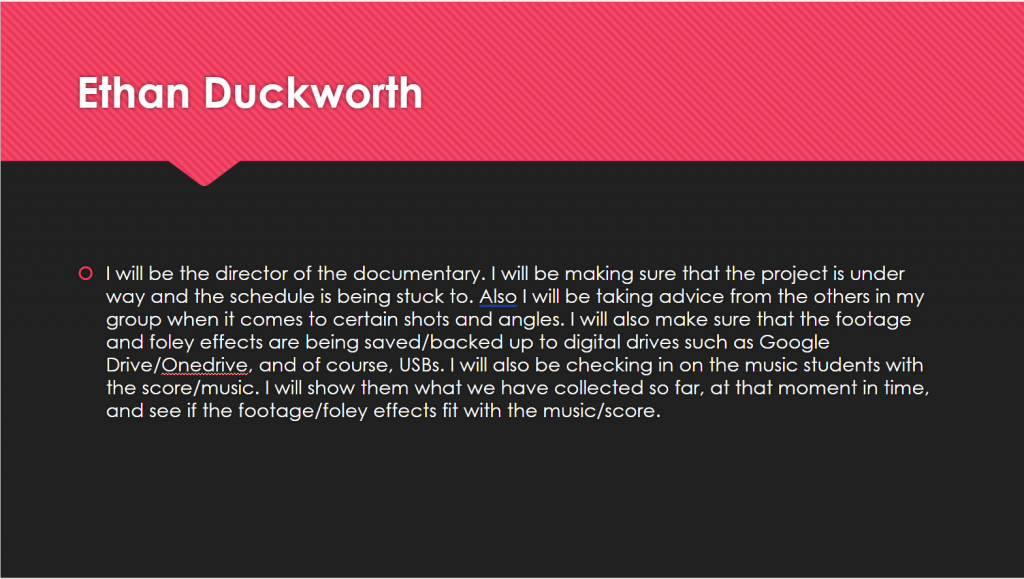
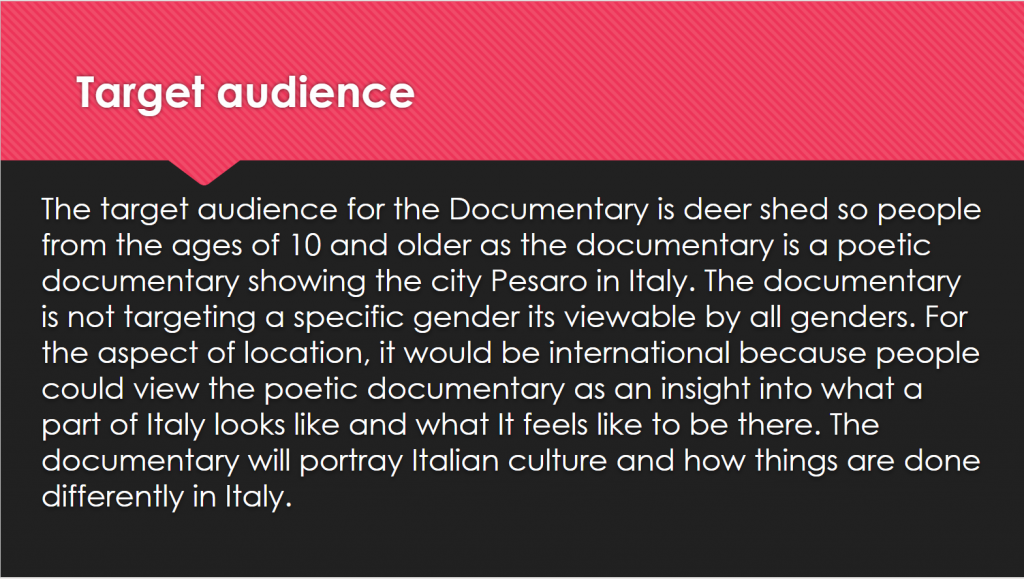
Also the target audience is Deershed festival and the audience of Deershed festival is family friendly and people ages 10+ go to this festival as it is a family friendly festival. meaning that there won’t be any swear words, violence, any activities above 13+ will not be there. This is not a problem for or project as it does not include anything that is not appropriate.
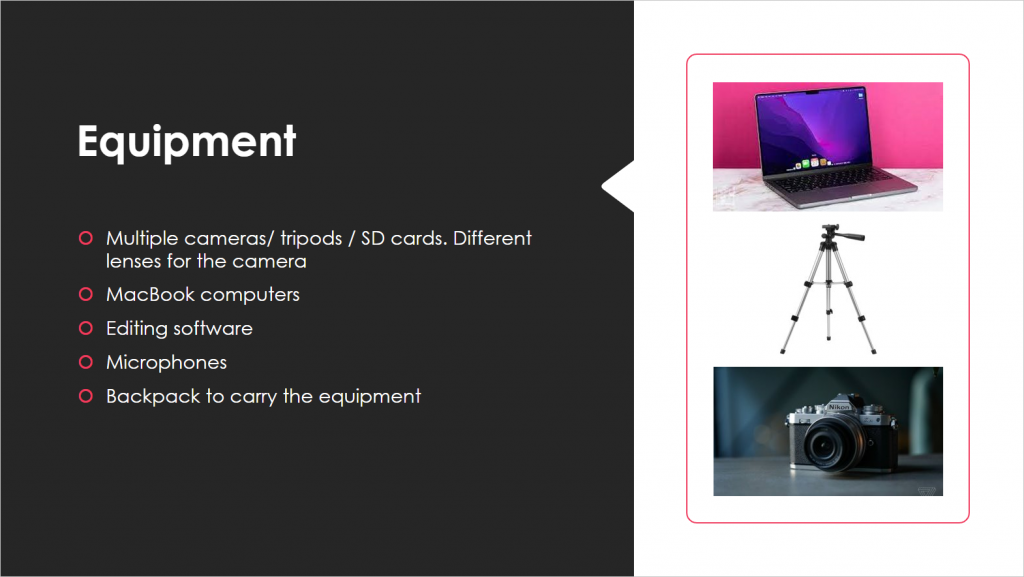
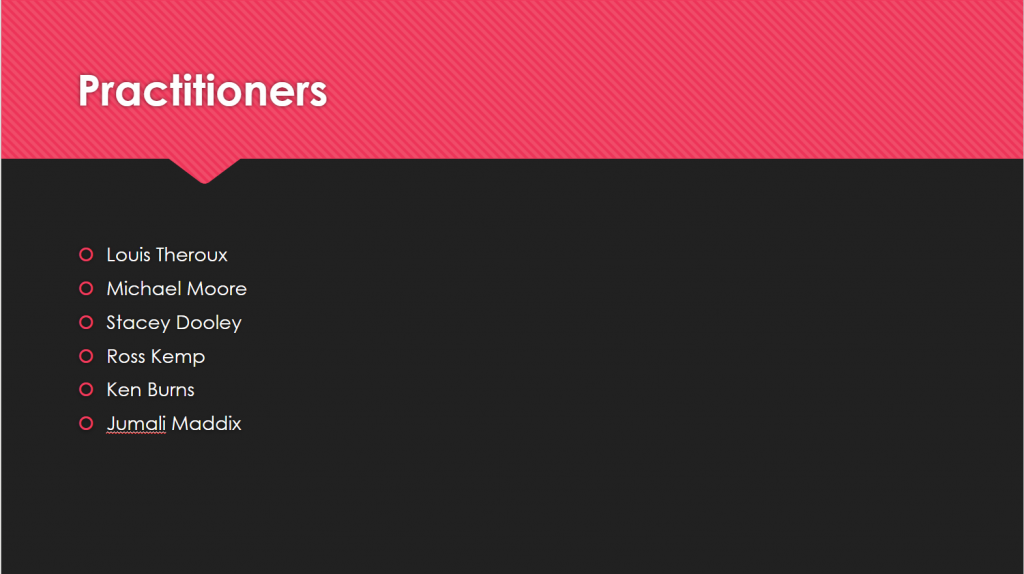
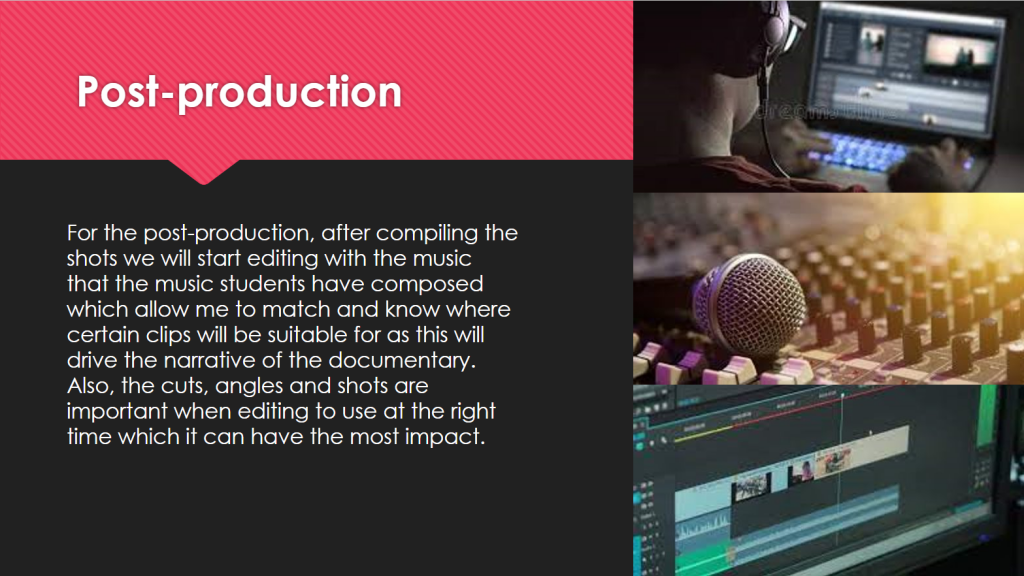



Examples of Poetic Documentaries I have been inspired from.
Conor Outerbridge Filmmaker from Australia who has created a few short films and Poetic Documentaries on YouTube. Not a lot of information is available since he is not well known yet.
This Poetic Documentary ‘The dream’ sets the narrative and storyline straight and helps you gain a little bit of information about the filmmaker. This gains your attention and helps set the scene for what you are going to see. I Like how the filmmaker has taken advantage of the music’s fast and slow pace timing to show different parts of the island. Fast-paced action is cut to architecture and monuments, whereas the slow-paced beats in the music are used to portray the wildlife, scenery and wide shots of the island. Also, I like the sound design in the Documentary even if the sounds are subtle it adds a sense of fluidity to the poetic documentary with its smooth transitions.
What I can take from this poetic documentary is the way the film maker has used the sound effectively matching all his clips with the music and the storytelling in the documentary. The documentary goes from him explaining the story to scenery and nature to architecture and building smoothly and back and forth with the use of sound design and transitions. I am hoping to emulate that storytelling and use of sound design and transitions. The way the storytelling, music and the narrative at the start and end all help to create this story that keeps the viewer engaged.
one aspect of the document I may not be able to recreate is the use of drones as we are compromised on equipment and you need a drone flying license to use a drone in public.
Dawood Akhter Murad Filmmaker from Pakistan who films short films and few Poetic Documentaries
The Trail of Happiness is a Poetic Documentary filmed in Pakistan showing the culture, architecture and scenery of Pakistan, similar to what we will be doing in Italy Pesaro. What I like about this poetic documentary is the community and transitions shown in the documentary. It shows the community and brings life to the documentary. I see the structure of the documentary starting off with nature and architecture with a voice-over setting the mood and tone with the music. The Documentary then Transitions to community and the documentary interlays the architecture and community well with its transitions.
What I can take from this Documentary is the way its structure has been coordinated, The transitions between clips and its narrative. I like the sentimental feeling this documentary gives and may try and develop the documentary in this type of way.
Jakob Milhailo Filmmaker from Canada and he creates travel and cinematic videos on YouTube with 155 thousand subscribers.
This Cinematic video has inspired me through its smooth 3d graphics used in the introduction of the video detailing the place it was taken using 3d graphics for the introduction is a really unique way to introduce the documentary I may choose to recreate that. I also like the time ramping and transitions between each clip helping with the flow of the video. I really enjoy the movement in the transitions and the movement of the camera during each clip. all the clips have constant movement adding to the flow of the video and fitting well with showing the province of Bali.
JR Alli Filmmaker from Canada well known for his sound design and transitions in the video editing space.
In this video London city in motion, I like the fast pace edits of the video it works well with the pacing of the music and this practitioner has also used graphics at the start of their video over footage of London to introduce you to the video. I like the movement and transitions of all the clips as it constantly keeps you engaged and because the video is so short you want to rewatch it to see if you missed anything. What I can learn from this video is Alli’s use of speed ramping before a transition and that mundane clips that can be used only for a short amount of time it can still help build a story.
The Schedule in Italy was short as we only had 12 days so the Production and post-production needed to be done in a short period of time. On the schedule, many activities are packed every day and some downtime once we land in Italy. Our Tutor’s location scouted the places we would be going to 2 months before so we did not need to worry about Location scouting.
We had a very tight schedule with lots of things happening every day so there will always be something to film each day. When we arrive at the destination in Italy our thoughts will be about what can we film and how would we put this in the final edit.


This was the Gank chart created showing what will be done during the project as we had a lot of time for Planning and Pre-production however as we are filming a poetic documentary documents like a storyboard and script are not needed because the filming is not scripted and it’s our interpretation of Italy.
Initial schedule

The schedule was then revised as we realised changes happened to when we would go Italy and what stages would happen in Italy.

On the project, we realised that some things will need more time than expected that’s why the schedule needed to be changed for future projects where we are able to have a longer time in the country a contingency will be added.
